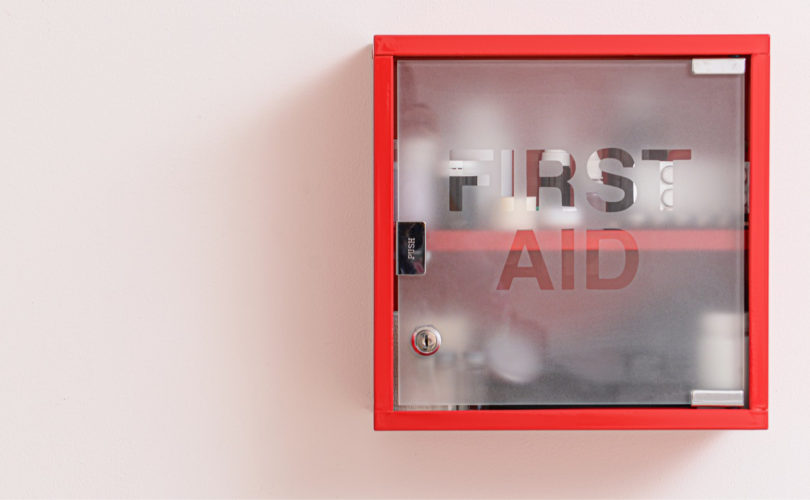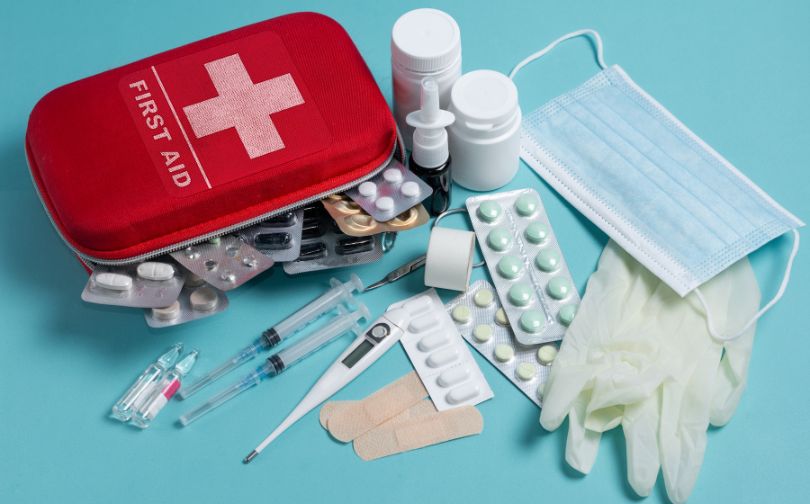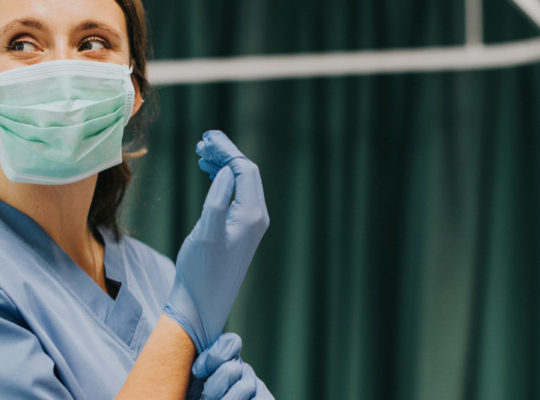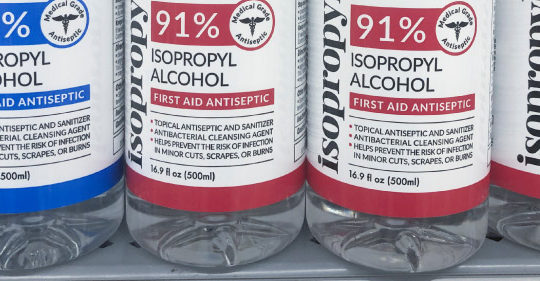Keeping your workplace first-aid kit up-to-date is more than just a compliance requirement—it’s a critical safety measure. Many businesses overlook regular maintenance, leaving their kits with expired supplies or missing essential items. This oversight can lead to serious issues in emergencies, where quick access to the right supplies can make all the difference.
In fact, a study found that 40% of workplace first-aid kits are missing key components when needed most. This raises concerns about preparedness, especially in high-risk environments. Failing to address these gaps can put employees at risk and expose your business to liability.
In this guide, we’ll cover the essential factors to consider when servicing your workplace first-aid kit. Whether it’s checking expiration dates or ensuring the right supplies are stocked, we’ll provide clear steps to help you stay prepared and compliant.
1. Consider Your Specific First-Aid Needs and ANSI Standards
First, consider what your workplace needs, and if you need to follow ANSI (American National Standards Institute) standards. ANSI Class A first-aid cabinets are designed to deal with the most common workplace injuries including minor wounds. ANSI Class B first-aid cabinets are equipped to deal with a wider range of injuries that may occur in more hazardous environments. These requirements are the minimum and do not treat all potential hazards. To maximize effectiveness of your kit, you may want to consider adding additional materials to your box. All of our metal first aid kits are wall mountable for easy access and visibility.
We supply pre-made first aid kits for restaurants, construction sites, and logging operations according to ANSI and OSHA standards.
Want to customize your first-aid kit from start to finish? Check out our custom kitting options.
2. Check Your First-Aid Kit on a Monthly Basis
Once you have installed and stocked your first-aid kit or cabinet, perform an inspection regularly. The United States Department of Labor mandates annual first-aid kit inspections. However, best practices suggest that check your first aid supplies on a monthly basis to ensure safety. Modify your kit as your business changes. Add additional supplies or a product specific to common injuries in your workplace. For example, keep an extra supply of burn cream or ice packs.
3. How to Inspect Your First-Aid Kit?
- Check for damaged, soiled, or partially used items. Examine the packaging on gauze/bandages for any spills, tampering, or yellowing on the packaging. When in doubt, throw it out!
- Check expiration dates on ointments, medicines, eyewash, or any bottled items. Don’t forget to check unitized Intubation pouches like ibuprofen. Look at the date on each item as some of them may have different dates.
- Workplace first-aid kits should only use single use items to prevent contamination. If any single-use items have been opened or have expired, throw them away and replace them.
- Once you have removed any expired, damaged or used supplies, make note of what needs to be restocked. Adjust your refill of first aid cabinets in accordance with the amount of people you are supplying. Your supplies should reflect potential injuries and the population of your workplace.
E-FirstAidSupplies has convenient and affordable options for ANSI first-aid kit refills, basic first-aid kit refills, or for your personal stock. Streamline your process with our purchase options. For large volume needs, we offer bulk first aid supply purchase options with spot buys and pallets. We handle orders anywhere from 2 to 2,000 items.
4. Who Mandates First-Aid Regulations: OSHA or ANSI?
ANSI evaluates and produces guidelines for US standards for workplace safety. OSHA (Occupational Safety and Health Administration), adopts and enforces these rules. While these first-aid guidelines are helpful for an initial first-aid kit, you should evaluate whether your business would benefit from additional supplies specific to your industry.
5. What Is the Most Cost-Effective Way to Stock and Restock First-Aid Supplies?
While it may be tempting to hire a van service to deliver supplies, these companies often will overcharge and may “ghost-fill” your kit to meet quotas and other incentives. Rather than pay an exorbitant amount, inspect your first-aid kit yourself and choose e-FirstAidSupplies to restock your supplies to guarantee both value and efficiency. We provide a range of services including first-aid cabinets, professional medical supplies, and OTC medicine refills to stock and restock your kit. Whether you are looking to buy in bulk, individual supplies, or build out your own kit, you can rely on our services for your business.
Conclusion
Maintaining an up-to-date workplace first-aid kit is essential for safety and compliance. Neglecting regular inspections or failing to replenish supplies can lead to significant risks, especially in emergencies when prompt response is crucial. With 40% of workplace kits missing critical items, preparedness becomes an even higher priority.
Regularly inspect and replenish your kit, ideally on a monthly basis. Be mindful of ANSI standards, as they offer different levels of first-aid support depending on workplace hazards. For high-risk industries like construction, a Construction First Aid Kit is essential to handle severe injuries that may occur on-site, ensuring workers receive immediate care before professional medical assistance arrives. Additionally, check for damaged or expired supplies and replace single-use items to prevent contamination.
Lastly, managing restocks yourself can be more cost-effective than relying on outside vendors. Using reliable suppliers like e-FirstAidSupplies can simplify the process and help ensure your kit is always fully stocked, keeping your workplace safe and compliant.
FAQs
What Should I Do with Expired Items in the First-Aid Kit?
Expired first-aid items should be promptly discarded and replaced. Items like bandages and antiseptic wipes lose their efficacy after expiration, potentially failing to provide adequate protection when needed. Safe disposal prevents any risks of using ineffective supplies in an emergency.
Who Is Responsible for Maintaining the Workplace First-Aid Kit?
Employers must assign a responsible person—typically a trained first-aider or designated safety officer—to maintain the first-aid kit. This individual should conduct regular inspections, ensure supplies are replenished, and confirm items remain within their expiration dates.
What Are the Essential Items That Should Always Be in a Workplace First-Aid Kit?
A basic workplace first-aid kit should include adhesive bandages, sterile gauze pads, antiseptic wipes, adhesive tape, disposable gloves, scissors, triangular bandages, and a first-aid guidance leaflet. Exact contents depend on workplace-specific risks identified in a safety assessment.
How Do I Determine What Specific Items My Workplace First-Aid Kit Needs?
The specific contents of a workplace first-aid kit should be determined by a comprehensive risk assessment. Factors such as work type, potential hazards (e.g., burns, chemicals), and the number of employees should guide the customization of the kit to ensure readiness.







